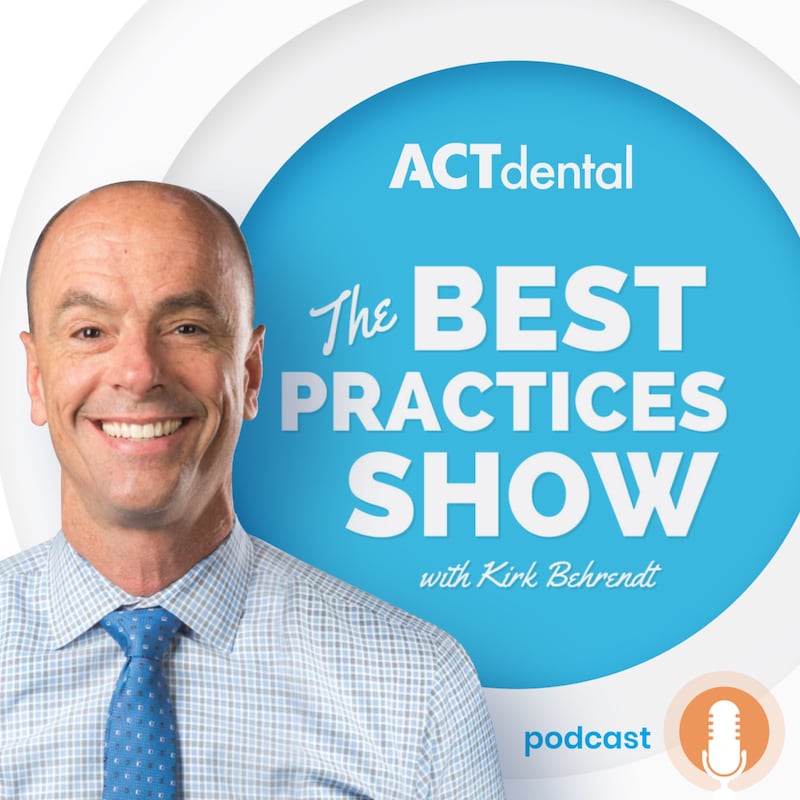947: How to Handle Difficult Conversations with Underperforming Employees – Alan Twigg
You and your team deserve a positive, rewarding work environment. A key piece of that is to optimize the people you currently have. In this episode, Kirk Behrendt brings back Alan Twigg, president of Bent Ericksen & Associates, to share how to address underperformance, ways to fix it, and what to do when nothing seems to work. To learn how to navigate these difficult conversations, listen to Episode 947 of The Best Practices Show!
Learn More About Alan:
More Helpful Links for a Better Practice & a Better Life:
Episode Resources:
Main Takeaways:
- Learn the five steps of the productive feedback model.
- Outline your expectations and your reason for the conversation.
- Give a warning of potential consequences if their behaviors don't change.
- Invite employees to submit comments. It’s a way to document conversations.
- Set boundaries around communication so that conversations don't get derailed.
- Consider having a witness signature when employees are not being cooperative.
- If you see something, say something. Don't let underperformance go on for years.
Snippets:
0:00 Introduction.
1:18 Why this is an important topic.
3:07 The productive feedback model.
9:01 Why step four of the model is the most important.
11:14 How to ask for commitment.
13:00 Two objectives of heavy corrective action.
16:02 The anatomy of heavy corrective action.
19:25 Tips: How to keep the conversation on the rails.
22:09 Tip: Utilize the pause.
25:59 Tip: Consider a witness signature.
26:51 Tip: Invite written comments.
28:37 Set boundaries around communication.
29:55 More about Bent Ericksen and how to get in touch.
Alan Twigg Bio:
Alan Twigg is the president of Bent Ericksen & Associates. For over 10 years, he has guided thousands of clients and consultants through the ever-changing world of HR and employment compliance. He is a speaker, consultant, and author who is passionate about bringing education and peace of mind to such a confusing topic.
As a strong proponent of symbiotic employer-employee relations, Alan is passionate about teamwork and positive work cultures, with an emphasis on long-term personnel retention and employment compliance, where his solutions-oriented outlook excels.




